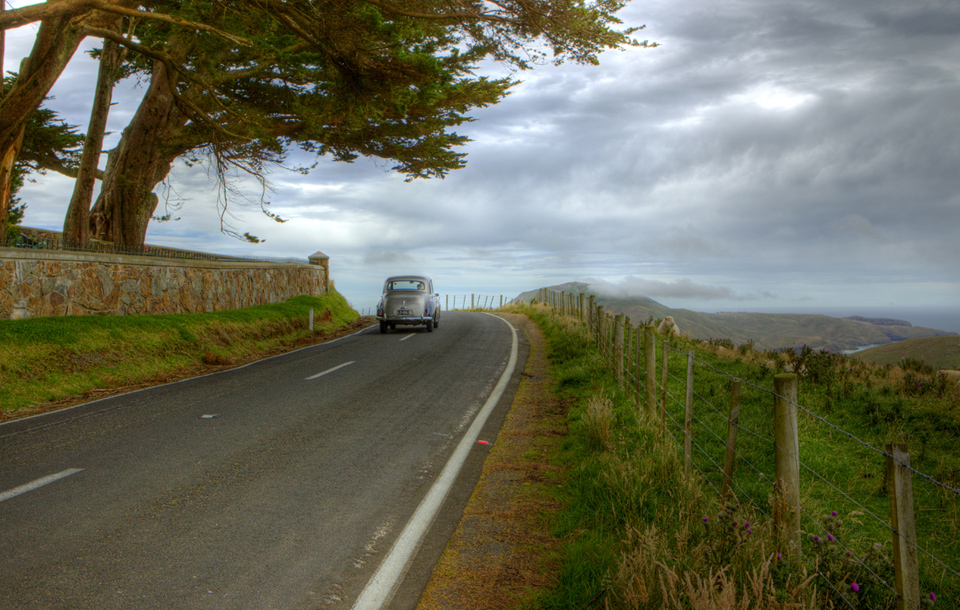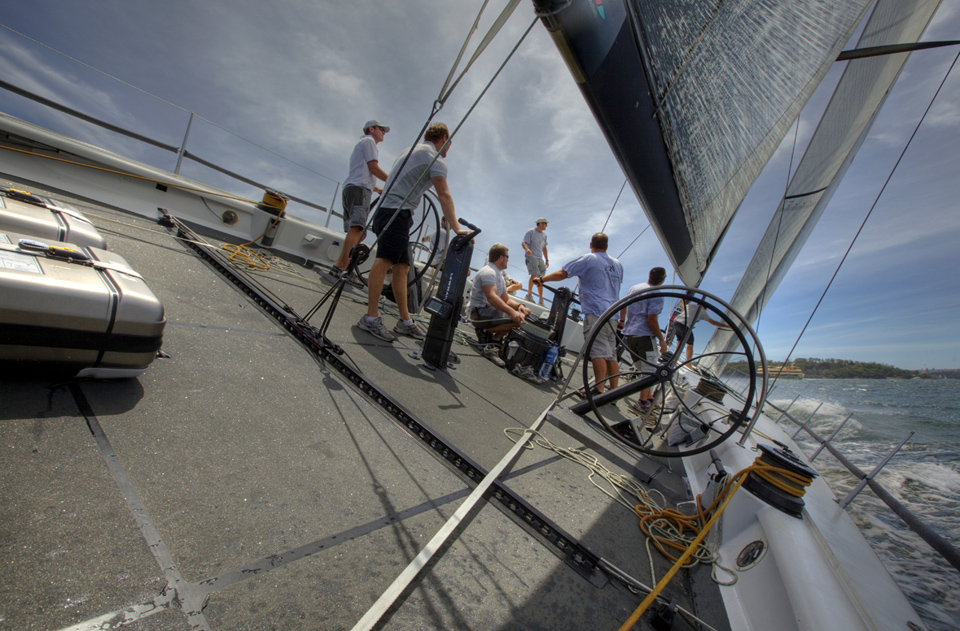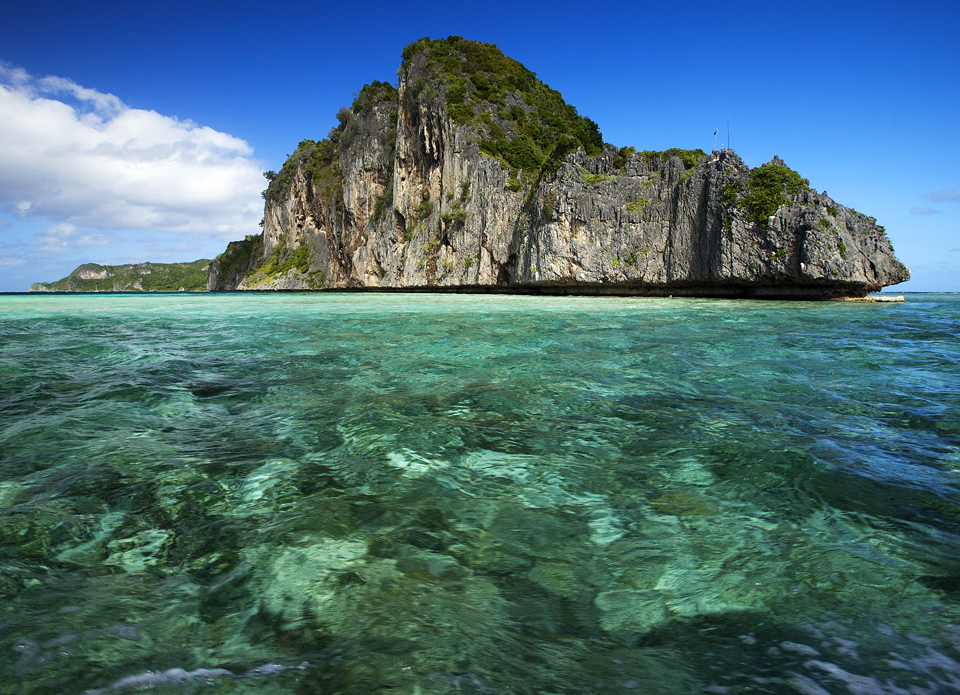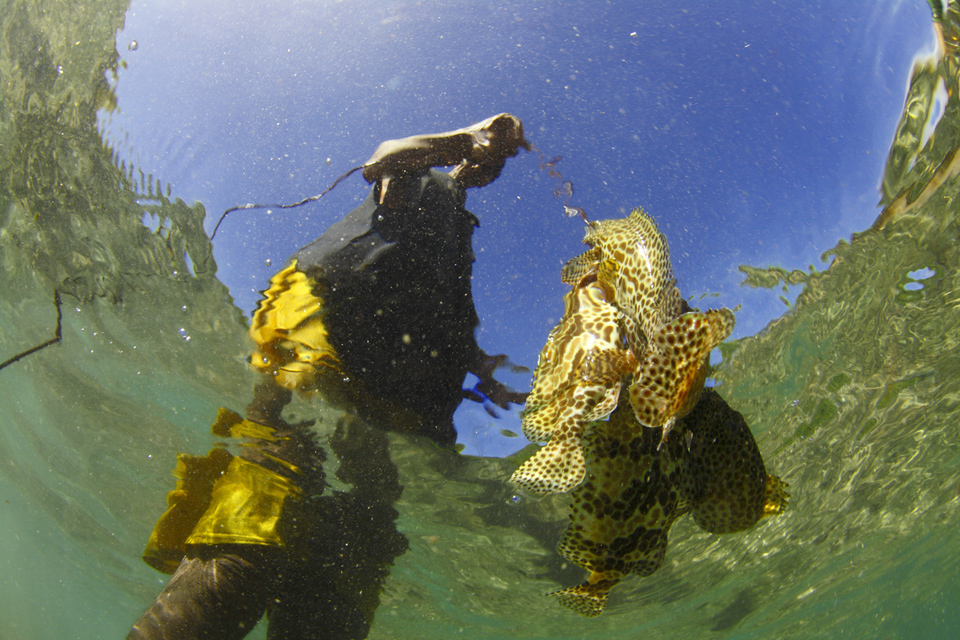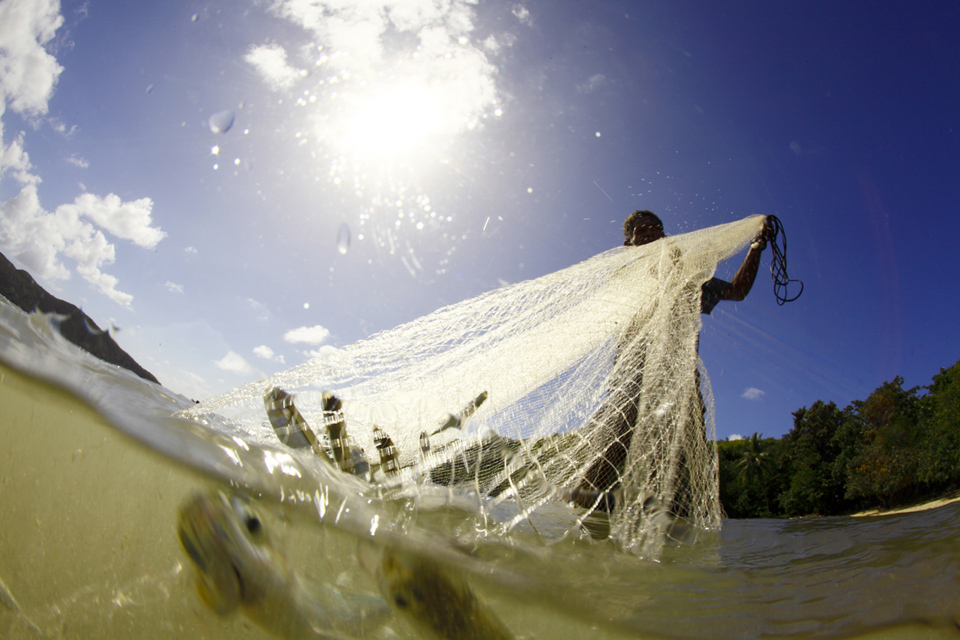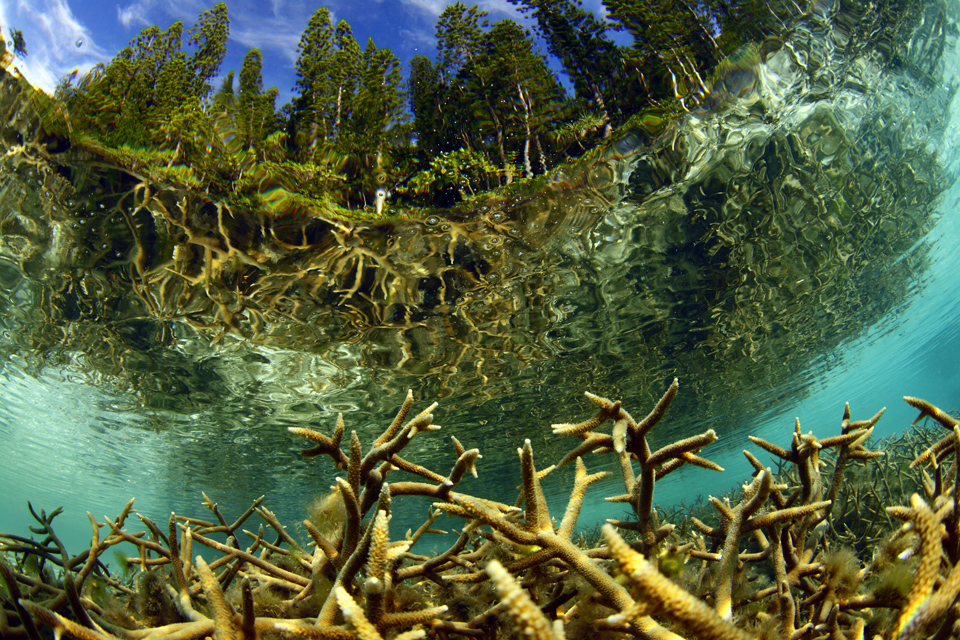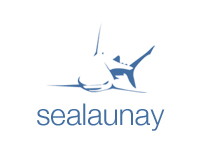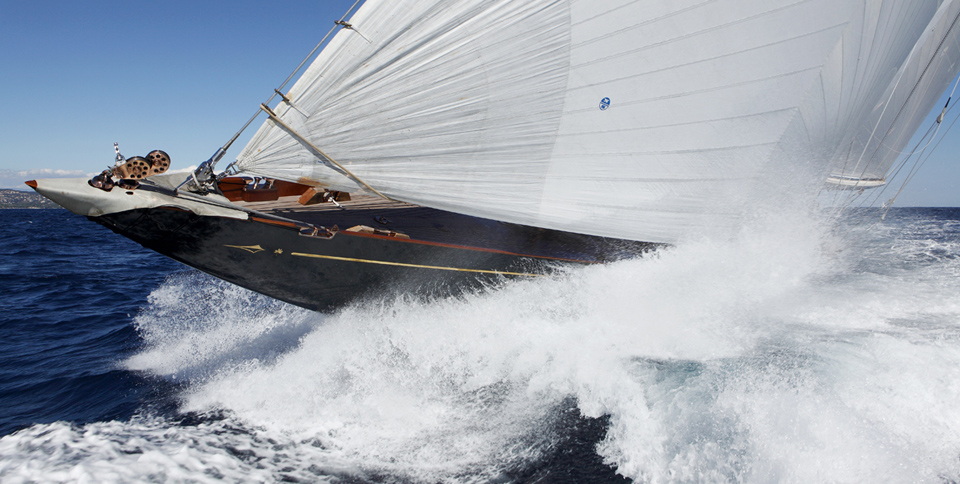 Shamrock V (JK3) during “Les Voiles de Saint Tropez”, France.
Shamrock V (JK3) during “Les Voiles de Saint Tropez”, France.
Shamrock V was built in 1930 for Sir Thomas Lipton’s fifth and last America’s Cup challenge. Designed by Nicholson, she was the first British yacht to be built to the new J Class Rule and is the only remaining J to have been built in wood.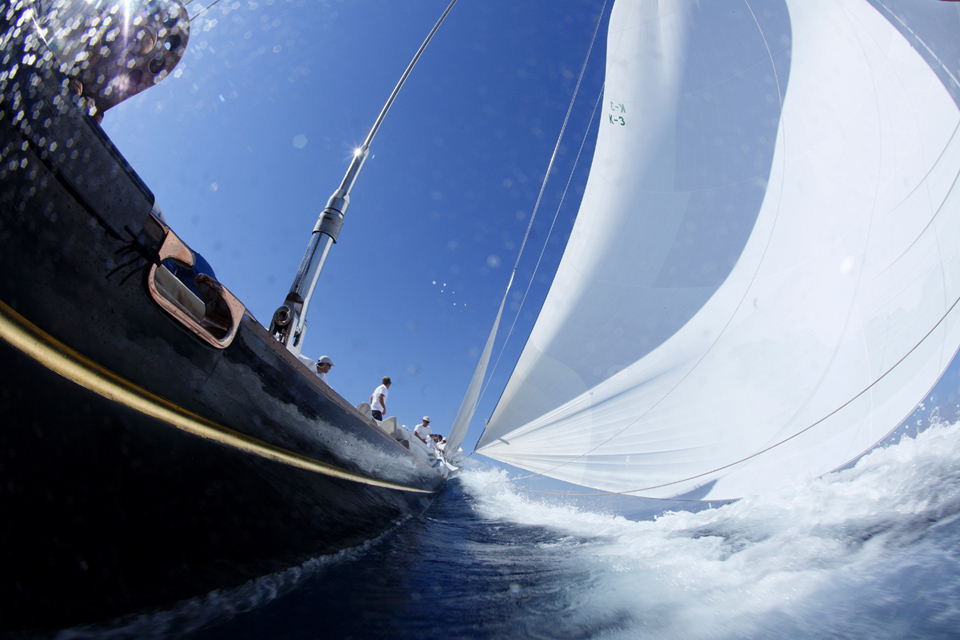
Posts tagged sunshine
Sep 10
Shamrock V
Saint Tropez, France 43º17’36″N 6º38’46″E
Feb 10
South Island, New Zealand
43º54’10″S 170º39’94″E
Jul 09
Japanese Zero
Deboyne Island, louisiade Archipalego, Papua New Guinea 10º43’69″S 152º23’70″E
 On May 8, 1942 one A6M2 Zero piloted by PO2c Okura Shigeru from the 14th Shotai from the Japanese aircraft carrier Zuikaku ditched at Deboyne islands. Japanese A6M2 Zero, the main fighter plane of the Imperial Japanese Navy,this Japanese fighter plane, once a master of the air in the South Pacific arena, now lies on the sandy bottom. This is an example of the very last zero model ever manufactured. Virtually intact, divers can sit in the cockpit and pilot themselves back into the past… I did it!
On May 8, 1942 one A6M2 Zero piloted by PO2c Okura Shigeru from the 14th Shotai from the Japanese aircraft carrier Zuikaku ditched at Deboyne islands. Japanese A6M2 Zero, the main fighter plane of the Imperial Japanese Navy,this Japanese fighter plane, once a master of the air in the South Pacific arena, now lies on the sandy bottom. This is an example of the very last zero model ever manufactured. Virtually intact, divers can sit in the cockpit and pilot themselves back into the past… I did it! 
Jul 09
Panasia Island
Louisiade Archipelago, Papua New Guinea 11º08’10″S 152º20’84″E
Panasia is a spectacular island of uplifted coral reef making jagged limestone cliffs in the Louisiade Archipelago.
The Louisiade Archipelago is a string of ten larger volcanic islands frequently fringed by coral reefs, and 90 smaller coral islands located 200 km southeast of New Guinea, stretching over more than 160 km and spread over an ocean area of 26,000 km between the Solomon Sea to the north and the Coral Sea to the south.
Local elderly woman with a stick in a fishermen village at Panasia Island.
Jul 09
Catch of the day
Louisiade Archipalego, Papua New Guinea 11º08’80″S 152º41’64″E
“Pacific Natives may appear to some to be the most wretched people upon Earth, but in reality they are far more happier than we Europeans; being wholly unacquainted not only with the superfluous but the necessary Conveniences so much sought after in Europe, they are happier in not knowing them. They live in a Tranquillity which is not disturbed by the Inequality of Conditions. The Earth and Sea of their own accord furnishes them with all things necessary for life, they covet not Magnificent House, Household-stuff &c, they live in a warm and fine Climate and enjoy a very wholesome Air, so that they have very little need of Clothing and this they seem to be very sensible of, for many of whom we gave Cloth &c to, left it carelessly upon the Sea beach and in the Woods as a thing they had no manner of use for. In short they seem’d to set no Value upon anything of their own for any one article we could offer them; this in my opinion argues that they think themselves provided with all the necessary’s of life and that they have no superfluities.”
James Cook (October 27, 1728 – February 14, 1779) was a British explorer and navigator. He made three voyages to the Pacific Ocean, in which its main shorelines were discovered.
Captain Cook’s Journal during his first voyage round the world made in H.M. Bark “Endeavour” 1768-71
Jul 09
Papuan Canoe
Louisiade Archipelago, Papua New Guinea 11º15’56″S 153º12’35″E
In Papua New Guinea, a canoe is like a car; it provides transportation and more. Canoes are traditionally decorated with clan symbols and other emblems of power to insure speed and success. A canoe with a beautiful prow has status and power. Childrens on a outrigger canoe in the village of Hessessai Bay at PanaTinai (Panatinane) island in the Louisiade Archipelago in Milne Bay Province, Papua New Guinea.
Jun 09
Oro Bay
New Caledonia 22º35’99″S 167º31’67″E
Water view of the beautiful natural swimming pool out of the coral limestone surrounded by Araucaria pines. Reached by sea on foot along a small narrow path and truly out of this world, Oro Bay boasts two superb beaches of incredibly fine white sand, crystal water. Eighty kilometres south-east of Noumea lies the enchanting Isle of Pines (14 km wide, 18 km long) a place where time seems to stand still in an idyllic setting of white beaches under swaying palms and soaring Araucaria pines.”Kunié “, as it is still called by the inhabitants, is as beautiful under water as it is on land and a favourite spot for divers.The Isle of Pines (French: Île des Pins; Kanak name: Kunyié) is an island located in the Pacific Ocean, in the archipelago of New Caledonia, an overseas territory of France. The island is part of the commune (municipality) of L’Île-des-Pins, in the South Province of New Caledonia. The Isle of Pines is often nicknamed l’île la plus proche du paradis (“the closest island to Paradise”).
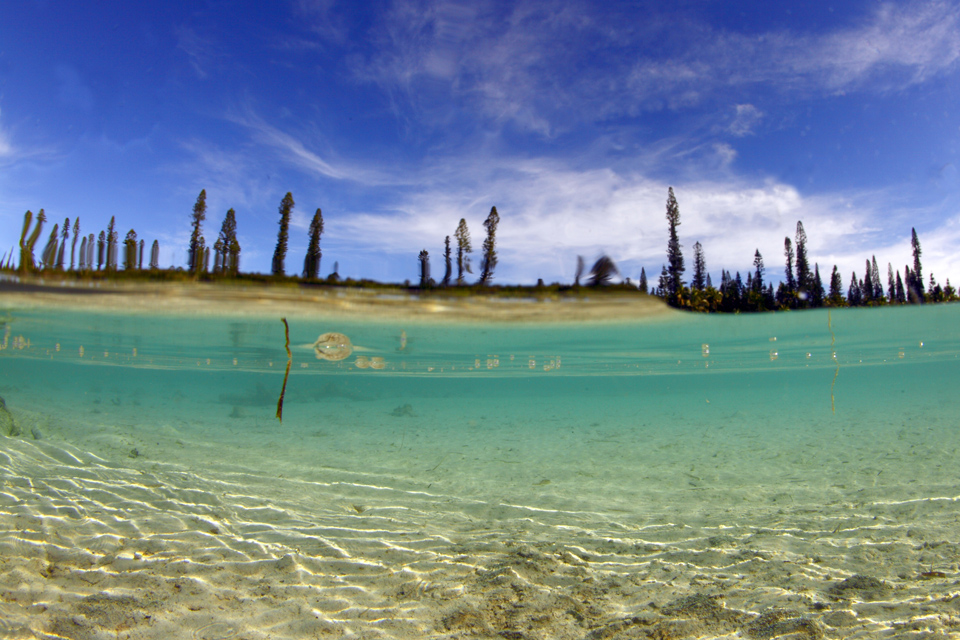
Jun 09
Galapagos Shark
Middleton Reef, Tasman Sea, Australia 29º25’24″S 159º03’35″E
 The Galapagos shark (Carcharhinus galapagensis) is a species of requiem shark, family Carcharhinidae, found worldwide. This species favors clear reef environments around oceanic islands, where it is often the most abundant shark species. A large species that grows to 3.7 m (12 ft), the Galapagos reef shark has a typical fusiform “reef shark” shape and is very difficult to distinguish from the dusky shark (C. obscurus) and the grey reef shark (C. amblyrhynchos). An identifying character of this species is its tall first dorsal fin, which has a slightly rounded tip and originates over the rear tips of the pectoral fins.
The Galapagos shark (Carcharhinus galapagensis) is a species of requiem shark, family Carcharhinidae, found worldwide. This species favors clear reef environments around oceanic islands, where it is often the most abundant shark species. A large species that grows to 3.7 m (12 ft), the Galapagos reef shark has a typical fusiform “reef shark” shape and is very difficult to distinguish from the dusky shark (C. obscurus) and the grey reef shark (C. amblyrhynchos). An identifying character of this species is its tall first dorsal fin, which has a slightly rounded tip and originates over the rear tips of the pectoral fins.
Galapagos sharks are active predators often encountered in large groups. They feed mainly on bottom-dwelling bony fishes and cephalopods; larger individuals have a much more varied diet, consuming other sharks, marine iguanas, sea lions, and even garbage. As in other requiem sharks, reproduction is viviparous, with females bearing litters of 4–16 pups every 2–3 years. The juveniles tend to remain in shallow water to avoid predation by the adults. Galapagos sharks are bold and have behaved aggressively towards humans, and are thus regarded as dangerous. The International Union for Conservation of Nature (IUCN) has assessed this species as Near Threatened, as it has a slow reproductive rate and there is heavy fishing pressure across its range.
May 09
Bide a Wee
Balgowlah Heights, New South Wales, Australia 33º49’93″S 151º15’70″E
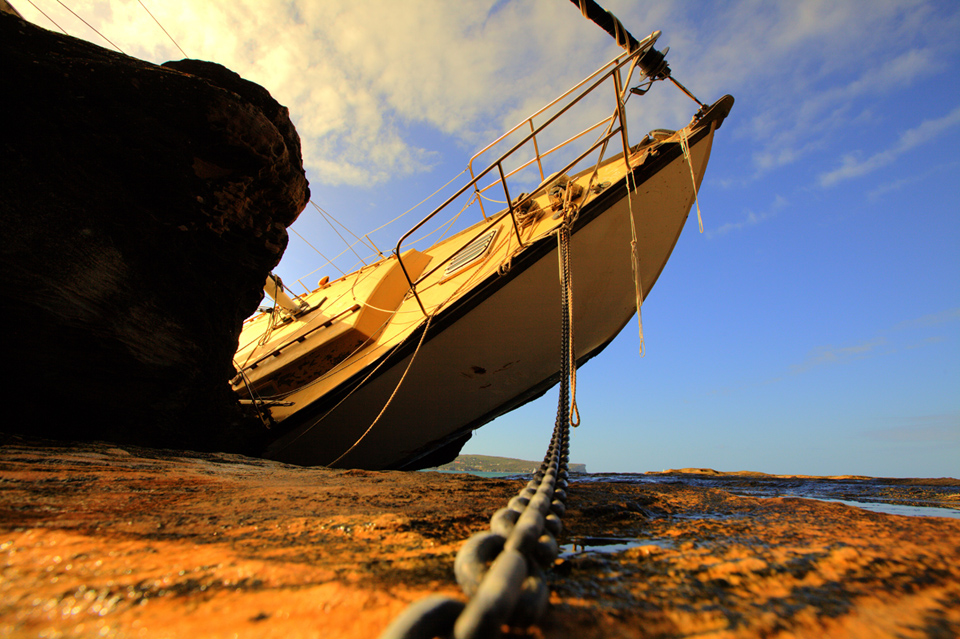 A 13m vessel, the Bide a Wee, on her side with holes in her timber hull, having been battered by heavy seas. The ketch went aground after leaving North Harbour under sail, it was was marooned on the rocks at Grotto Point near Dobroyd Head at Balgowlah Heights, Sydney.
A 13m vessel, the Bide a Wee, on her side with holes in her timber hull, having been battered by heavy seas. The ketch went aground after leaving North Harbour under sail, it was was marooned on the rocks at Grotto Point near Dobroyd Head at Balgowlah Heights, Sydney.
A Maritime vessel and a police boat were both unable to reach two men on the ketch because of the wild waves and strong winds.An officer was winched down onto the stranded vessel from police helicopter PolAir to rescue the two.
They were winched to safety and flown to Manly Hospital for treatment.
The men did not appear to be injured.
